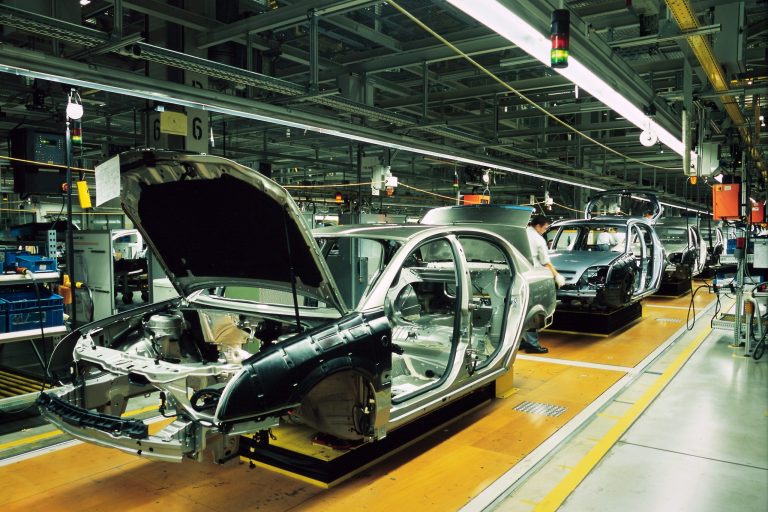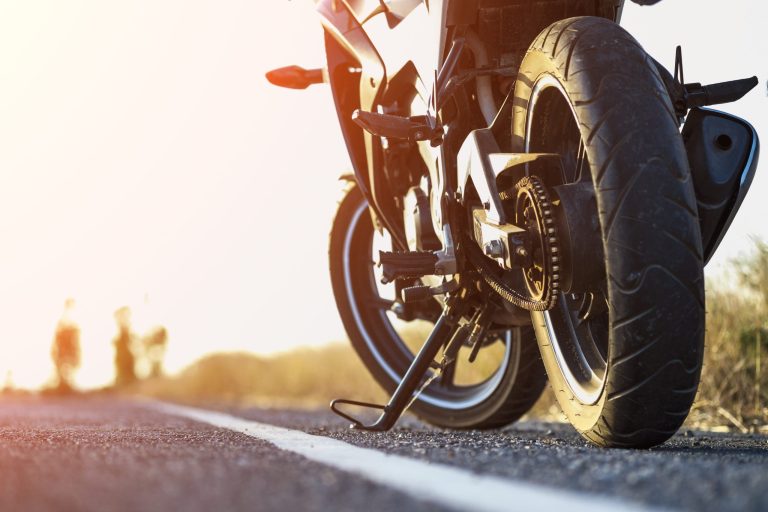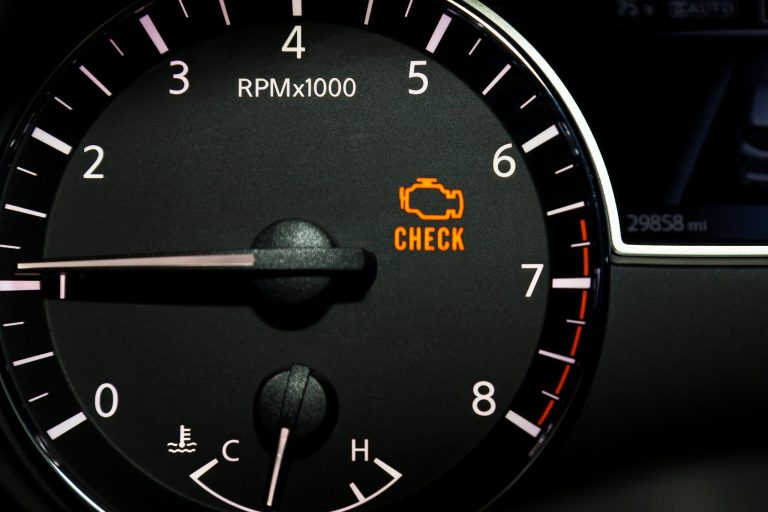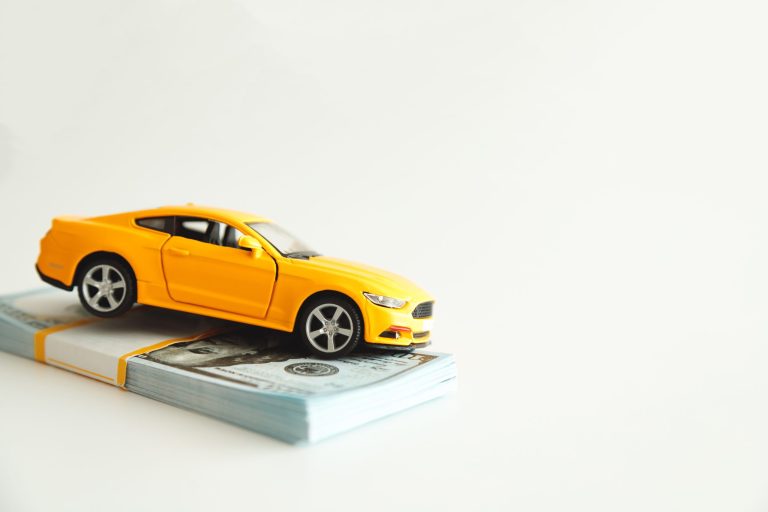Jeeps, iconic off-road vehicles, have a dedicated following of enthusiasts who seek adventure on and off the beaten path. However, these beloved vehicles are not without their quirks and challenges. One of the most notorious issues that have plagued Jeep owners is the “Death Wobble.” This is not confined to only Jeeps, however; several other 4x4s have developed this strange and disruptive defect. In this article, we will delve into the causes of the Death Wobble, common fixes, and practical ways to prevent or mitigate this unsettling phenomenon.
Understanding the Jeep Death Wobble

The “Death Wobble” is a term used to describe an alarming and potentially dangerous vibration that can occur in certain Jeep models, typically when traveling at highway speeds. This issue is characterized by an intense and uncontrollable shaking of the vehicle’s front end, which can make the driver feel like they’ve temporarily lost control.
Causes of the Jeep Death Wobble
To comprehend the Jeep Death Wobble, it’s essential to identify its root causes. Understanding this will also help to combat the common misconception that this phenomenon occurs only in specific years, models, or even particular modifications. The truth is that the wobble is more often linked to a combination of post-manufacture circumstances, and certainly isn’t limited to only Jeeps. While not all Jeeps are affected, several factors can contribute to this unsettling occurrence:
- Suspension and Steering Components: The Death Wobble often stems from worn or damaged suspension and steering components, including track bars, tie rods, control arms, and ball joints.
- Tire Issues: Uneven tire wear or imbalanced tires can exacerbate the wobble. Tires with uneven tread patterns or low tire pressure may contribute to instability.
- Lift Kits and Modifications: Many offroaders modify their vehicles with aftermarket lift kits, larger tires, or suspension alterations. While these modifications can enhance off-road capabilities, they can also disrupt the vehicle’s balance and increase the likelihood of the Death Wobble.
- Alignment Problems: Misaligned wheels can cause uneven tire wear and affect steering stability, potentially leading to the wobble.
- Bushings and Dampers: Worn or damaged bushings and steering dampers can result in vibrations and instability.
- Drive Shaft Issues: In some cases, a damaged or imbalanced driveshaft can contribute to the wobble.
Common Fixes for the Jeep Death Wobble
Addressing the Death Wobble requires a systematic approach to identify and rectify the underlying issues. Here are some common fixes employed by Jeep owners and mechanics:
- Inspection and Maintenance: Regularly inspect and maintain your Jeep’s suspension and steering components. Replace worn-out or damaged parts promptly. This preventive measure is crucial to minimizing the risk of the Death Wobble.
- Wheel Alignment and Balancing: Ensure your Jeep’s wheels are properly aligned and balanced. Misaligned or imbalanced wheels can lead to instability and vibrations.
- Tire Replacement: Replace tires with uneven wear or those with uneven tread patterns. High-quality, properly balanced tires can reduce the chances of experiencing the wobble.
- Steering Dampers: Upgrading or replacing the factory-installed steering damper can help stabilize the steering system and minimize vibrations. Some Jeep owners opt for heavy-duty aftermarket dampers.
- Track Bar Upgrades: Upgrading the track bars with heavy-duty alternatives can enhance stability, reducing the risk of the Death Wobble.
- Lift Kit Adjustments: If your Jeep is equipped with a lift kit, ensure that it has been installed correctly and that all components are properly aligned and torqued to specifications.
- Control Arm Upgrades: Upgrading control arms with adjustable or heavy-duty alternatives can improve suspension geometry and reduce the likelihood of wobbling.
Common Outcomes of the Jeep Death Wobble
Experiencing the Death Wobble can be unsettling and alarming, and the consequences can vary. Here are some common outcomes:
- Loss of Control: In severe cases, the Death Wobble can lead to a temporary loss of control, potentially causing accidents or collisions.
- Vehicle Damage: The intense vibrations can place stress on various vehicle components, leading to accelerated wear and tear.
- Safety Concerns: Passengers and drivers can experience significant discomfort and fear during a Death Wobble episode, leading to safety concerns.
- Financial Costs: Repairing the issues causing the wobble can be costly, especially if the problem has led to additional damage.
Preventing and Mitigating the Jeep Death Wobble
While it may not be possible to completely eliminate the risk of the Death Wobble, there are steps Jeep and 4×4 owners can take to reduce the likelihood of encountering this issue:
- Regular Maintenance: Consistent inspection and maintenance of your Jeep’s suspension and steering components are crucial. Address any wear or damage promptly. Especially if you drive your vehicle hard or drive off road regularly, then there are greater chances of critical components getting damaged, so it is critical to regularly inspect (or have someone else inspect) your vehicle to ensure all parts are in working order.
- Proper Installation: If you opt for modifications like lift kits, ensure they are installed correctly by professionals who understand the unique demands of Jeep suspension. Understand how any new additions or kits may impact the feel of your vehicle, so you can better maintain control and get better at detecting early warning signs.
- Balanced Tires: Maintain proper tire balance and alignment, and replace tires as needed.
- Steering Damper: Consider upgrading the steering damper to a high-quality aftermarket version if you plan to tackle challenging off-road terrain. And of course, like any aftermarket part, make sure that you have it installed by a professional, and that you understand (and are able to keep up with) any additional maintenance required by the damper.
- Careful Driving: Be mindful of your driving habits, especially when operating your Jeep at highway speeds. Avoid sudden maneuvers and heavy braking, as these can increase the risk of the wobble.
- Know Your Jeep: Understand the unique characteristics of your Jeep model and its suspension system, as different models may have varying susceptibilities to the Death Wobble. Familiarity with your vehicle will make it easier for you to notice irregularities in how it drives, so you can address any issues before they become problems.
What to Do if You Experience the Wobble
If you are driving and begin to feel any of the symptoms of death wobble, it is important to remain calm and retain control of the vehicle as best you can. Maintain control of the steering wheel as best you can, slow down, and, if on a roadway, pull over to the shoulder or off the main road as quickly as you can. Making reactionary motions, like attempting to pull against any drift or making sudden stops, can only make it harder to retain control.
Last Words
The Jeep Death Wobble is an issue that has plagued some Jeep Wrangler owners, causing discomfort and safety concerns. While it can be alarming, it is not an insurmountable problem. Regular maintenance, proper installation of modifications, and cautious driving habits can significantly reduce the risk of encountering the wobble.
If you do experience the Death Wobble, it is essential to address it promptly by identifying and fixing the root causes. By staying informed and proactive, Jeep owners can enjoy the thrill of off-roading without the unsettling experience of the Death Wobble.









